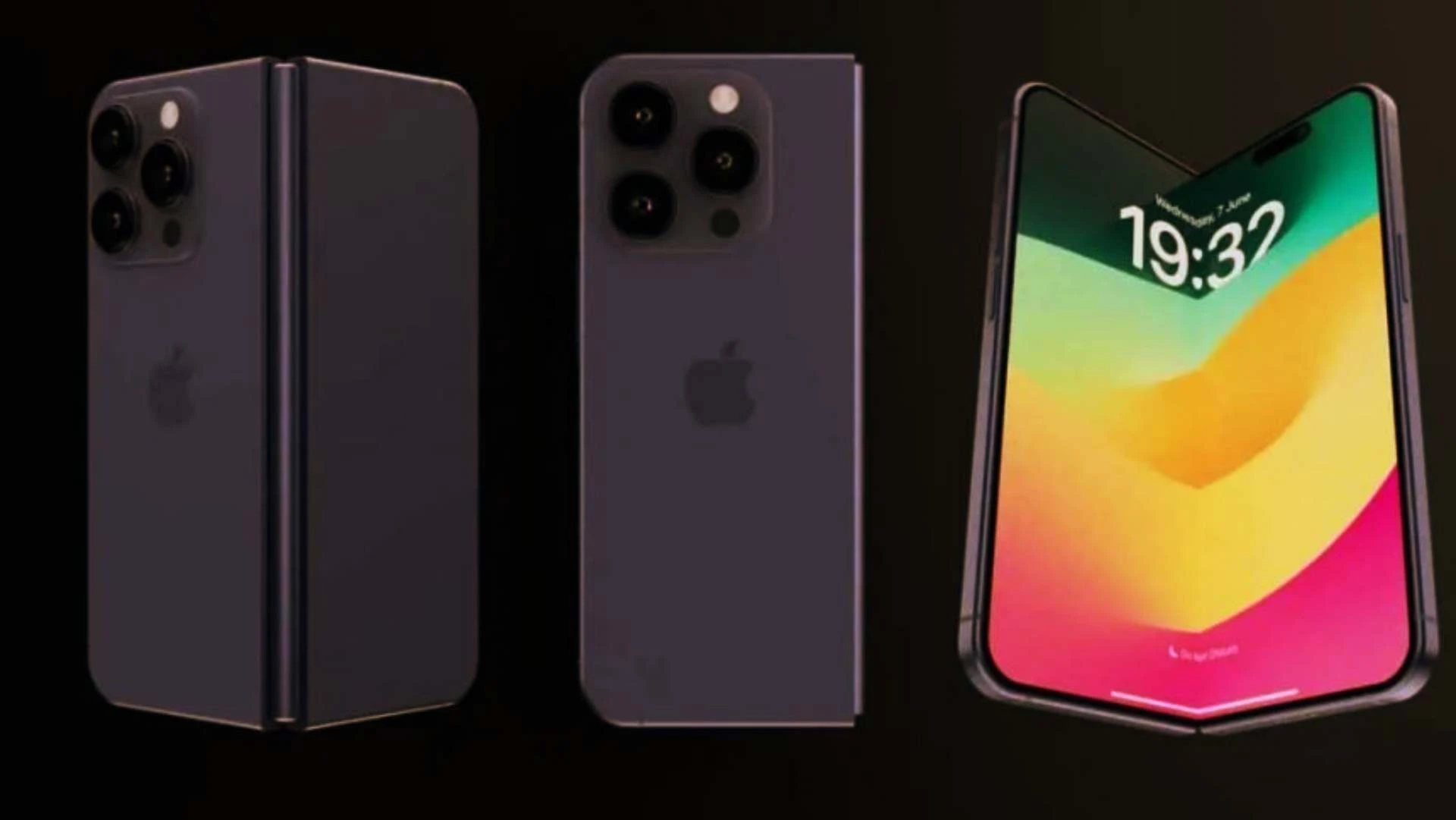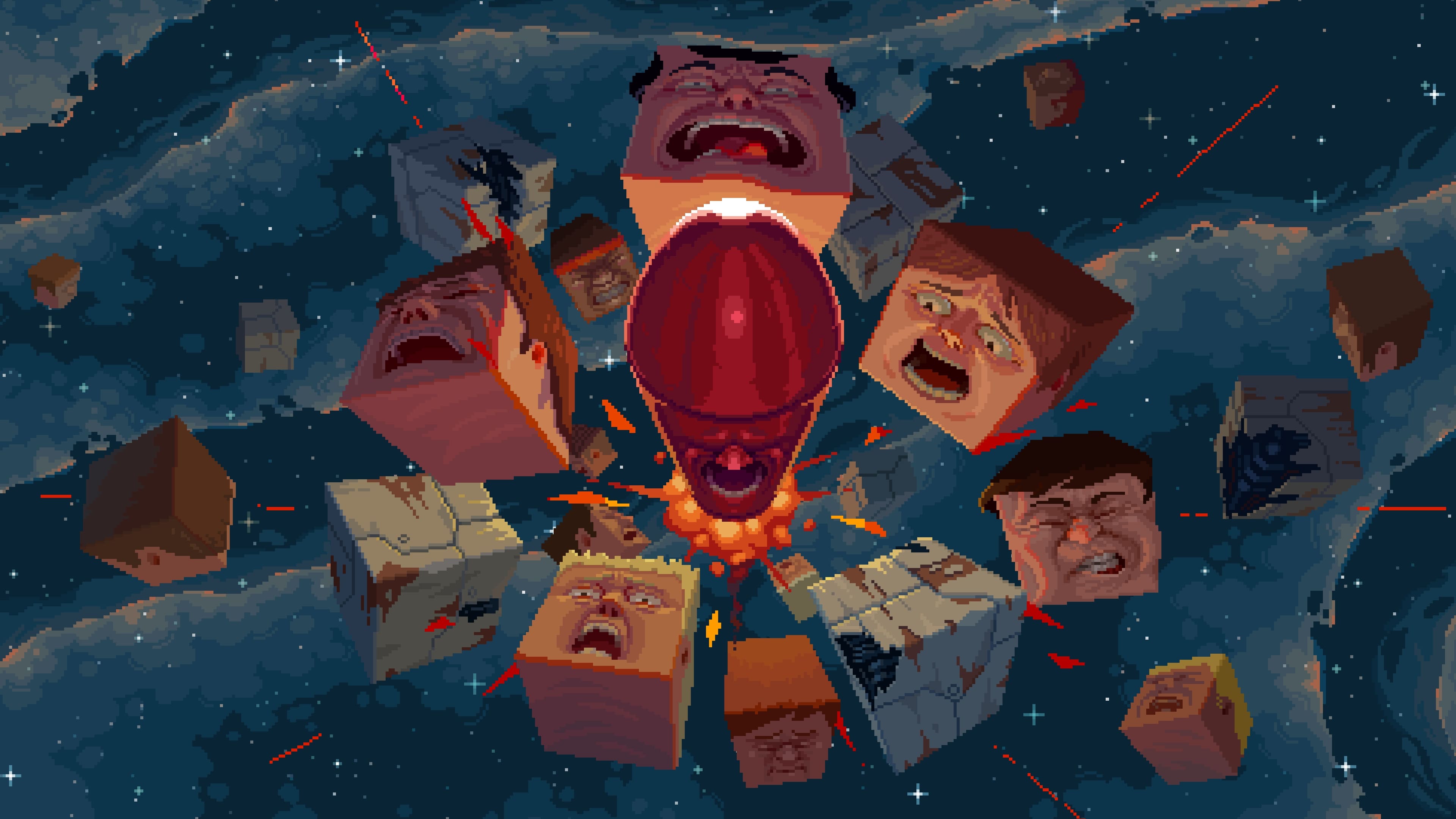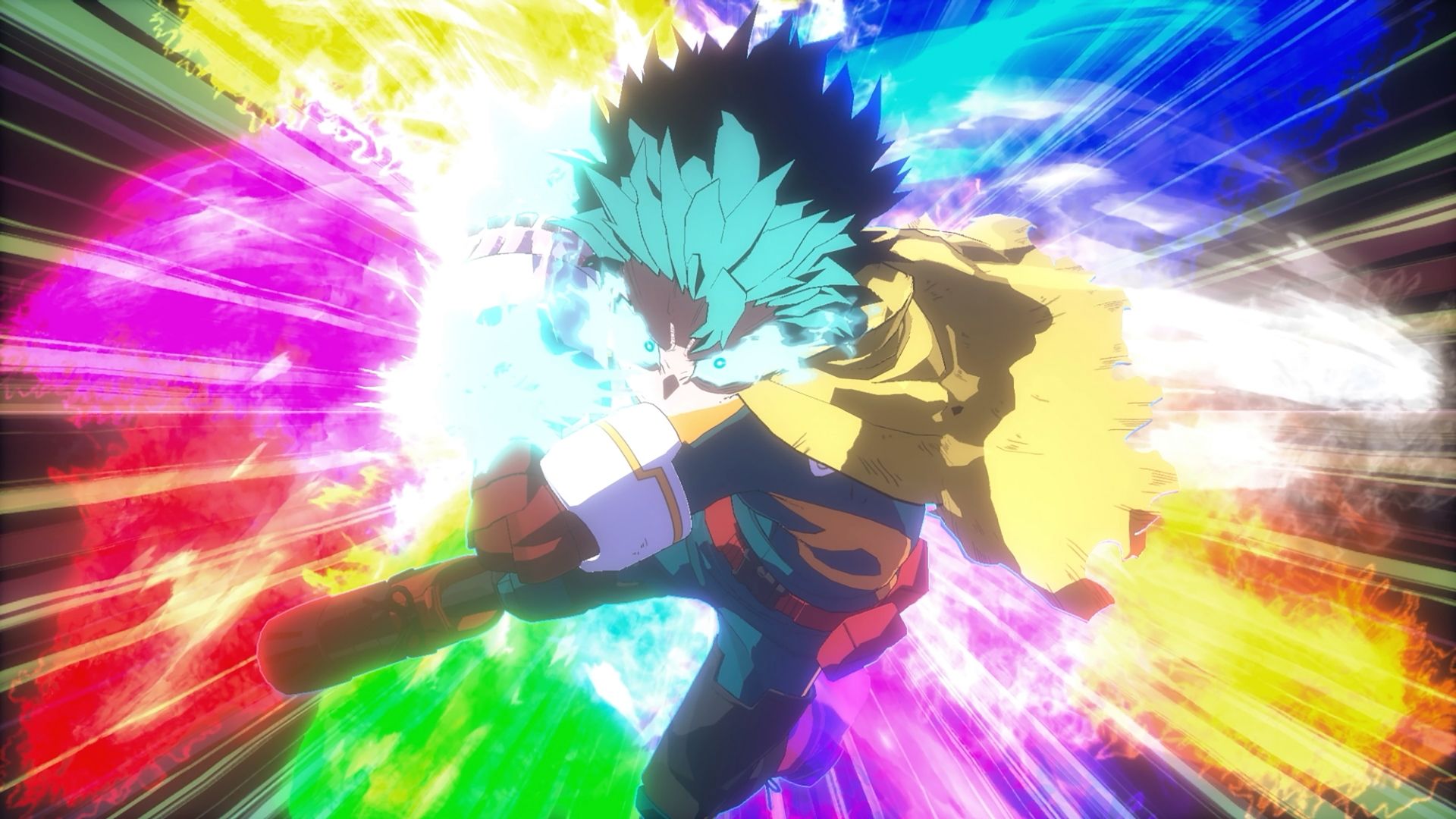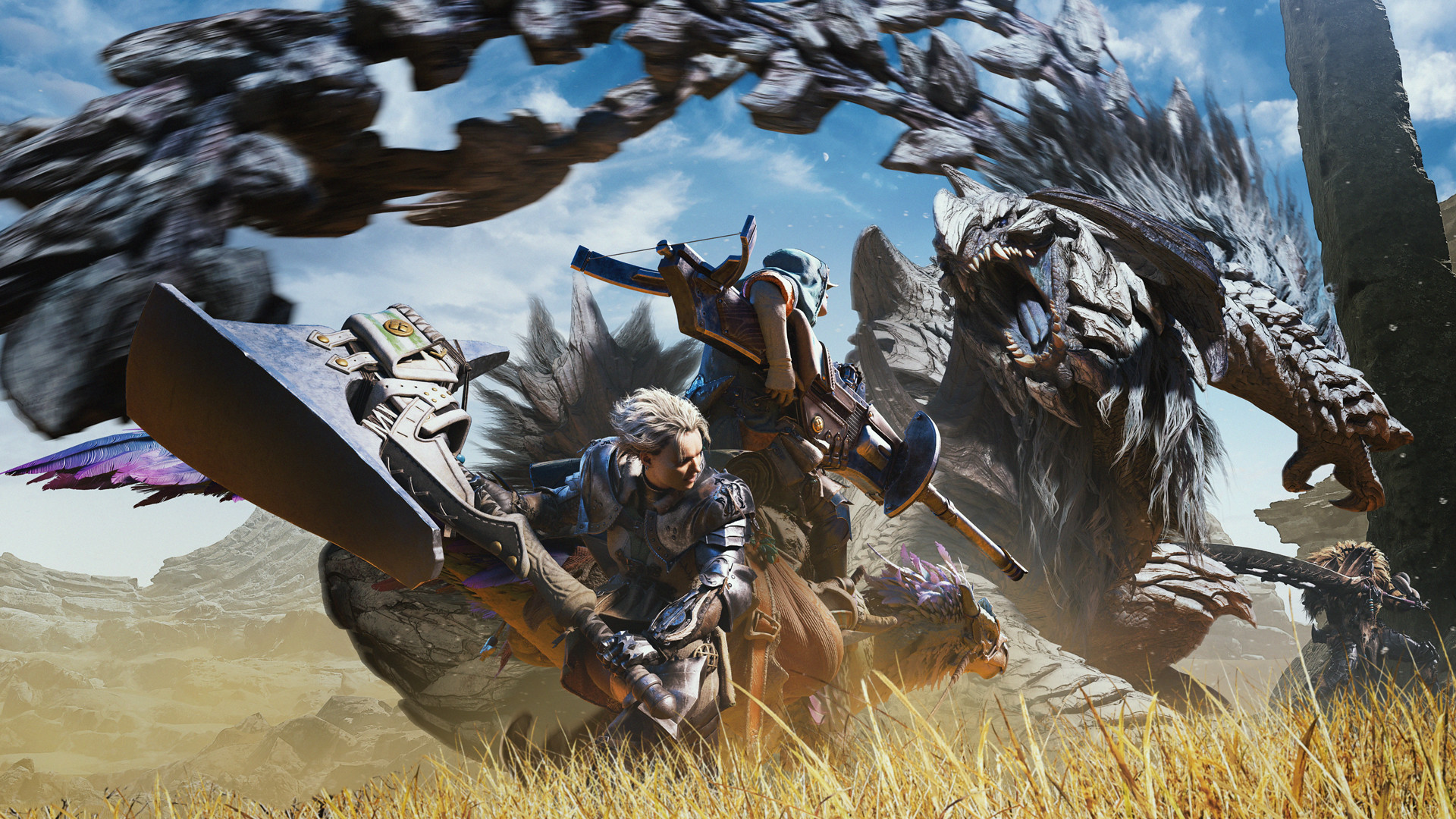El Boba 3 fue presentado en SIGGRAPH 2025 en Vancouver. Un casco en fase de prototipo que promete algunas cosas interesantes, aunque no sé si realmente hacen la diferencia. Meta mostró cómo se siente llevarlo, pero, bueno, no parece que cambie mucho en la experiencia. Esto es lo que hay, supongo.
#Boba3
#Meta
#SIGGRAPH2025
#RealidadVirtual
#Tecnología
#Boba3
#Meta
#SIGGRAPH2025
#RealidadVirtual
#Tecnología
El Boba 3 fue presentado en SIGGRAPH 2025 en Vancouver. Un casco en fase de prototipo que promete algunas cosas interesantes, aunque no sé si realmente hacen la diferencia. Meta mostró cómo se siente llevarlo, pero, bueno, no parece que cambie mucho en la experiencia. Esto es lo que hay, supongo.
#Boba3
#Meta
#SIGGRAPH2025
#RealidadVirtual
#Tecnología















